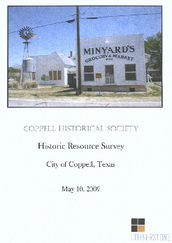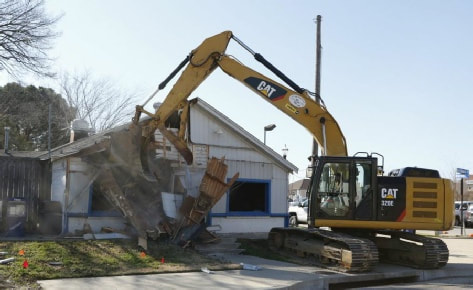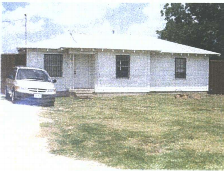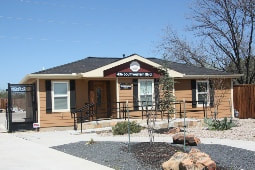|
The Coppell Historical Society Historic Resource Survey is 231 pages and 108 MB. Depending on the speed of your internet connection, this may take a few minutes. Download
|
Endangered Sites in Coppell
1. Bethel Historic District 2. Grapevine Springs Park 3. 400 Coppell Road 4. 420 Coppell Road 5. 572 Coppell Road 6. 536 Coppell Road 7. 532 Coppell Road 8. 528 Coppell Road 9. 520 Coppell Road 10. 600 Ruby Road 11. 304 Southwestern Blvd 12. Possibly all of the homes along Southwestern Blvd; there is heavy traffic and commercial buildings among the houses. 13. Bullock Cemetery located on Denton Tap Road and Bethel School Road. |
WHY PRESERVE BUILDING?
It’s good for the community.
- A community’s buildings are its tangible connection to the past. They show where we came from and provide a sense of place for streets, cities, and neighborhoods. The diverse collection of historic buildings in Fort Worth distinguishes it from any other city in America. Preservation promotes respect for those that came before us, and those that will come after.
- Preservation action is generally a grassroots movement and encourages citizens to become active in their own government and fulfill their right and responsibility to create their community’s future.
- Rehabilitation promotes neighborhood stability and revitalization.
- Vacant housing and even empty lots reduce property values and increase crime rates.
- Rehabilitation reduces vacancy and spurs further rehabilitation.
- Rehabbing historic buildings is often cheaper than building new housing.
- Preservation attaches people to their community, provides a sense of place, connects them to their neighbors, and encourages public participation.
- “Preservation is making opportunities for contact with our shared heritage, and that is the glue that holds us together.” – Richard Moe, former President of the National Trust for Historic Preservation
- The greenest building is the one that is already built. Preservation keeps construction materials out of the landfill. 20% of the solid waste stream is construction waste.
- Construction waste is highly toxic.
- Preservation saves the embodied energy of the materials used to construct the building. Much energy was required to excavate, manufacture, transport, and assemble the bricks, glass, steel, wood, and so on used in that building.
- Many traditional building practices in historic buildings are already “green”: covered porches reduce heat gain during the summer, and thick walls, attics, and cellars help keep interior temperatures stable.
- Historic construction utilized traditional building practices and materials—like solid masonry walls, expertly hand-cut stone, and wood from old-growth forests—that simply can’t be recreated today.
- Preservation reuses existing buildings and infrastructure, and decreases urban sprawl.
- Cultural and heritage tourism is a rapidly growing industry. Heritage travelers typically stay longer and spend more than the average tourist.
- Preservation brings more jobs and dollars to the local economy. Rehabilitation of a building is more labor intensive than new construction, and also demands more skilled labor, thus resulting in higher wages. More materials and services are purchased locally, further increasing the economic impact.
- A mixed-use building can be economically more stable than a newly constructed, single-use building.
- Property values in historic districts rise at a faster rate and are more likely to stay stable when the market fluctuates.
- If an old building must be demolished to make way for a new building, the cost of demolition must be factored in.
COPPELL HISTORICAL SOCIETY, P.O. BOX 1871, COPPELL, TX 75019
[email protected]
The Coppell Historical Society is a 501 (c)(3) non-profit organization



